Prizewinning snaps: the smartphone travel photos
The 2016 Travel Photographer of the Year competition has a new category. Founder Chris Coe explains why he’s started mixing iPhone snaps with work from the experts
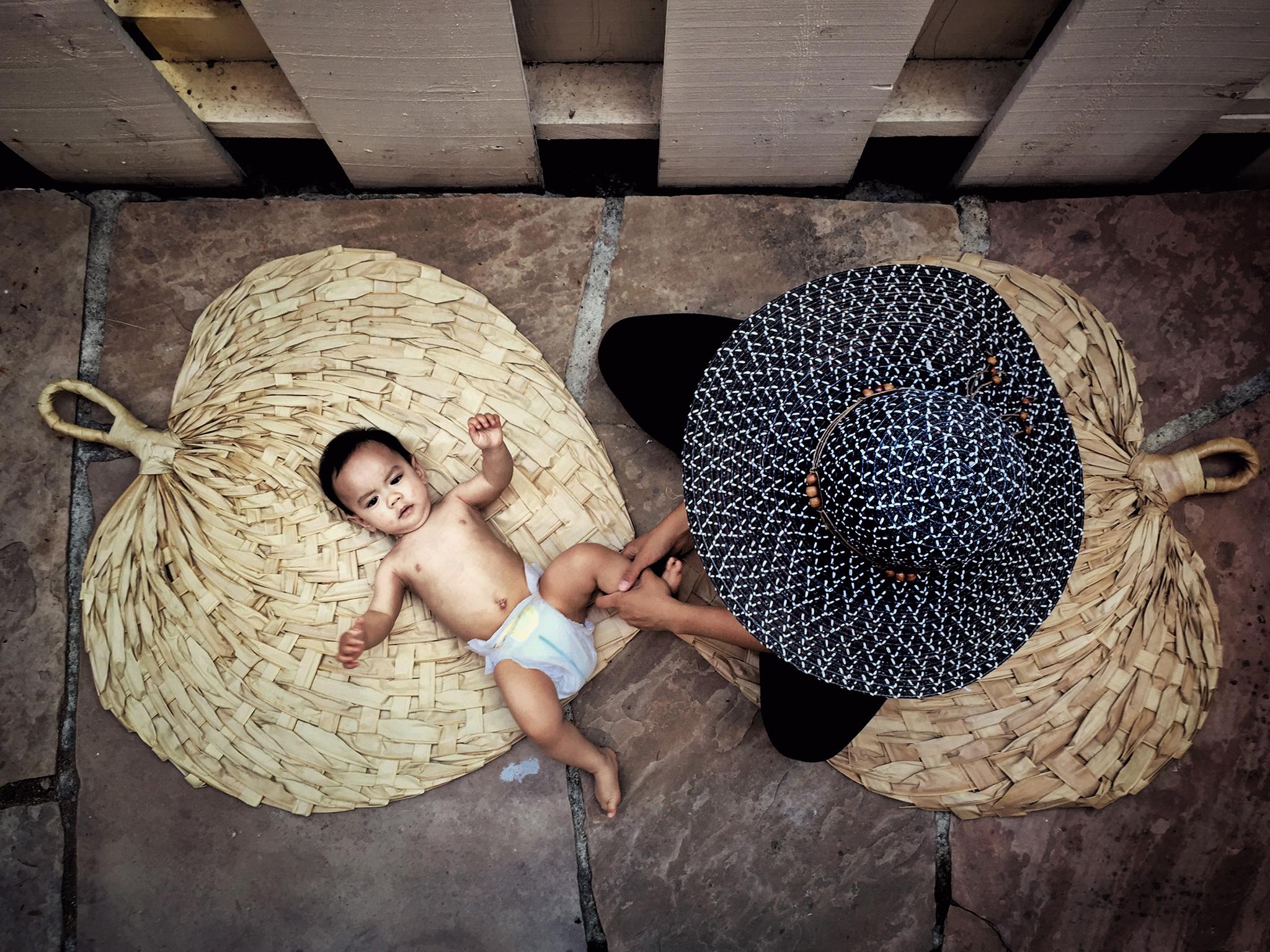
Your support helps us to tell the story
From reproductive rights to climate change to Big Tech, The Independent is on the ground when the story is developing. Whether it's investigating the financials of Elon Musk's pro-Trump PAC or producing our latest documentary, 'The A Word', which shines a light on the American women fighting for reproductive rights, we know how important it is to parse out the facts from the messaging.
At such a critical moment in US history, we need reporters on the ground. Your donation allows us to keep sending journalists to speak to both sides of the story.
The Independent is trusted by Americans across the entire political spectrum. And unlike many other quality news outlets, we choose not to lock Americans out of our reporting and analysis with paywalls. We believe quality journalism should be available to everyone, paid for by those who can afford it.
Your support makes all the difference.Smartphone cameras. Millions of them pointing everywhere, taking billions of pictures: selfies, holiday views, terrorists, restaurant meals. Perhaps that’s the price we pay for “citizen photography”; for liberating the camera from the professional, the artist and hobbyist – and for the type of images that have won the “iTravelled, iCaptured” category in the prestigious and international Travel Photographer of the Year (TPOTY) competition, announced this week.
Or perhaps not. As founder Chris Coe says of the genre, which he has recognised for the first time in TPOTY’s 13-year history, “They’re fine to look at on a screen. But when you print them to A2, as they are at the exhibition, they already start to lose definition…”
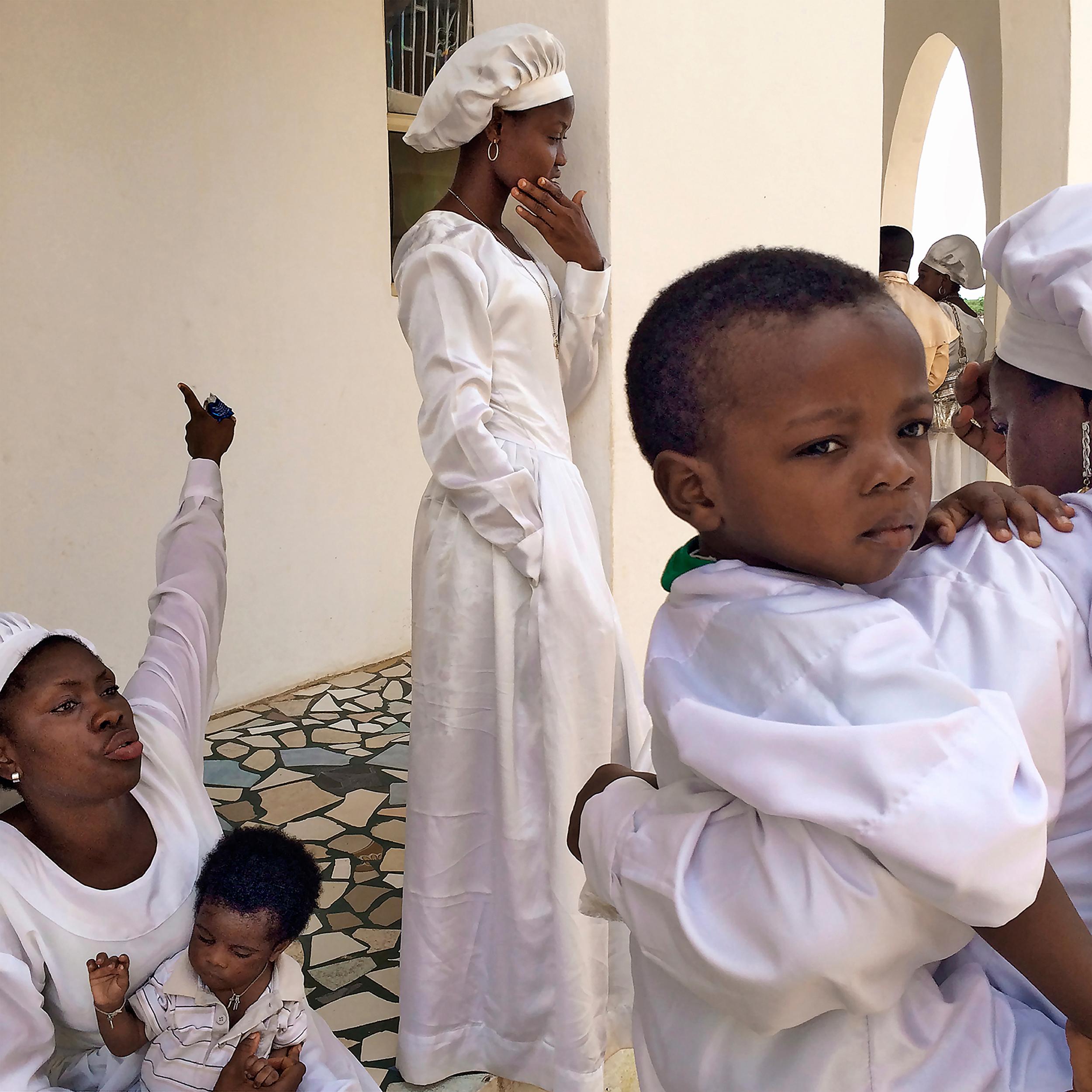
That’s not all. “A photograph is an act of creation. At the moment you take it, you are controlling the light – which takes thought and time – and, quite simply, you can’t do that with a smartphone. You can fake something later with Photoshop, but it’s not a true image.” Coe says that, although a phone allows you shoot in much lower light than with a conventional camera, you won’t capture the atmosphere and can’t manipulate it with shutter speed or film stock, for those that still use it.” You may have a fine and quick eye for composition, you may be lucky with the light – the winner and runners-up in this year’s category certainly were – but ultimately, “iPictures are snaps”.
So why acknowledge them? “Smartphones have got huge numbers of people taking these snaps. And that interest should be encouraged because, as people learn to look more, they might get interested in real photography.” But he’s rather late to come to that conclusion, isn’t he? “The pictures have only just got sharp enough to print in the last couple of years – the running has been made by Japan, actually, not Apple – and TPOTY is all about exhibiting. It’s a free show, which will be touring the country after Greenwich.”
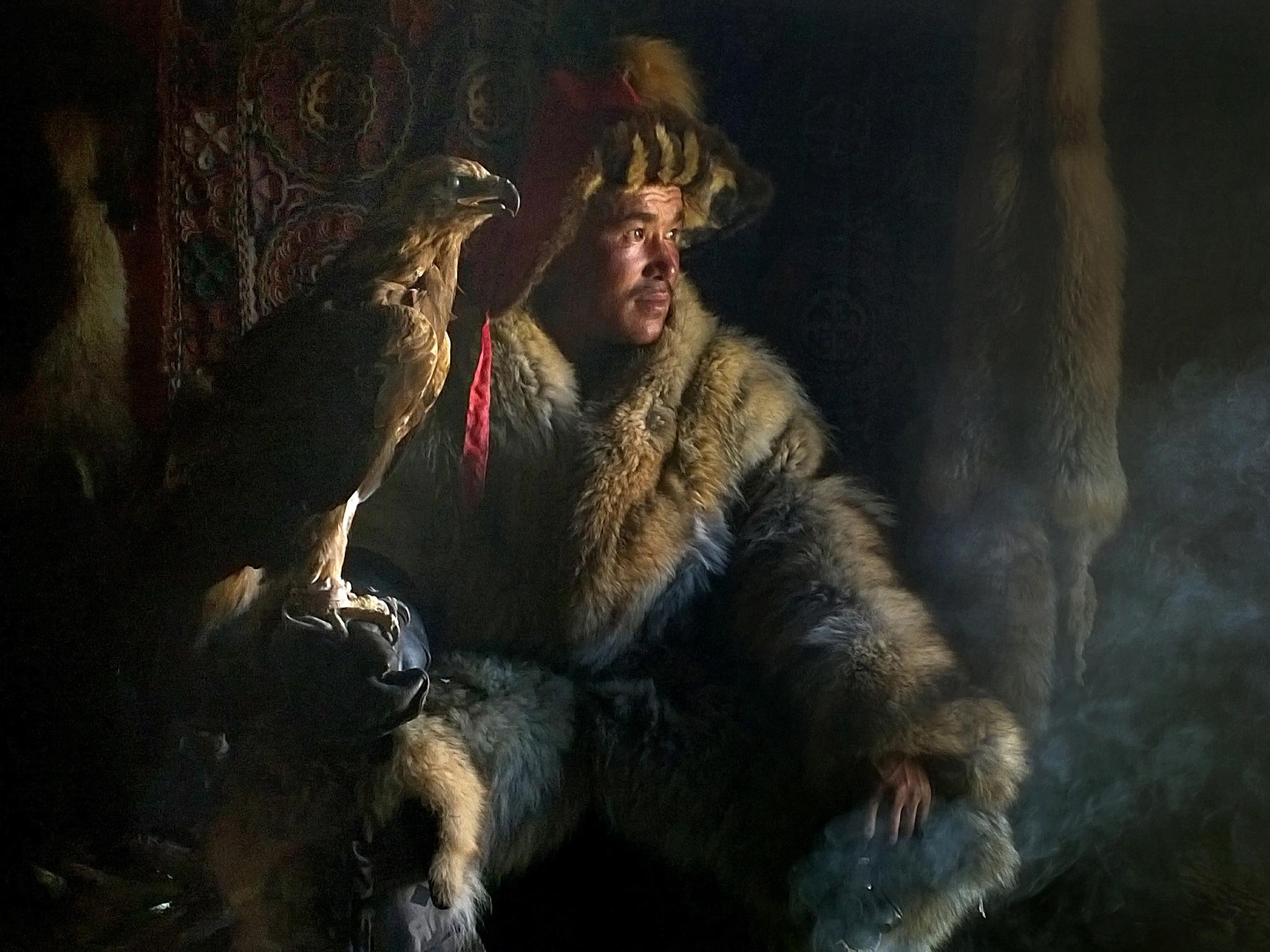
The smart section is well worth viewing. For the narrative quality of Edgard de Bono’s framing of Christian women in Benin (why is the seated mother pointing; what occupies the single one, standing alone?); for the sharp geometry of the Dresden office spotted by Junjie Zeng; for the witty juxtaposition of commuter and poster, of age and youth, on a Japanese train, caught by Frédéric Fouchet.
Interestingly – and reassuringly for professionals who fancy they have “an eye” – both the category winner de Bono and Timothy Allen, who snapped the Mongolian hunter and his eagle, make their living from conventional photography (indeed, Allen did long service at The Independent). On the other hand, the other three don’t, which surely says something about this new-ish medium? Coe agrees that smartphones have changed the relationship between people on both sides of the lens: “Because of their ubiquity, people don’t notice them any more – and their smallness makes them even less obtrusive.”
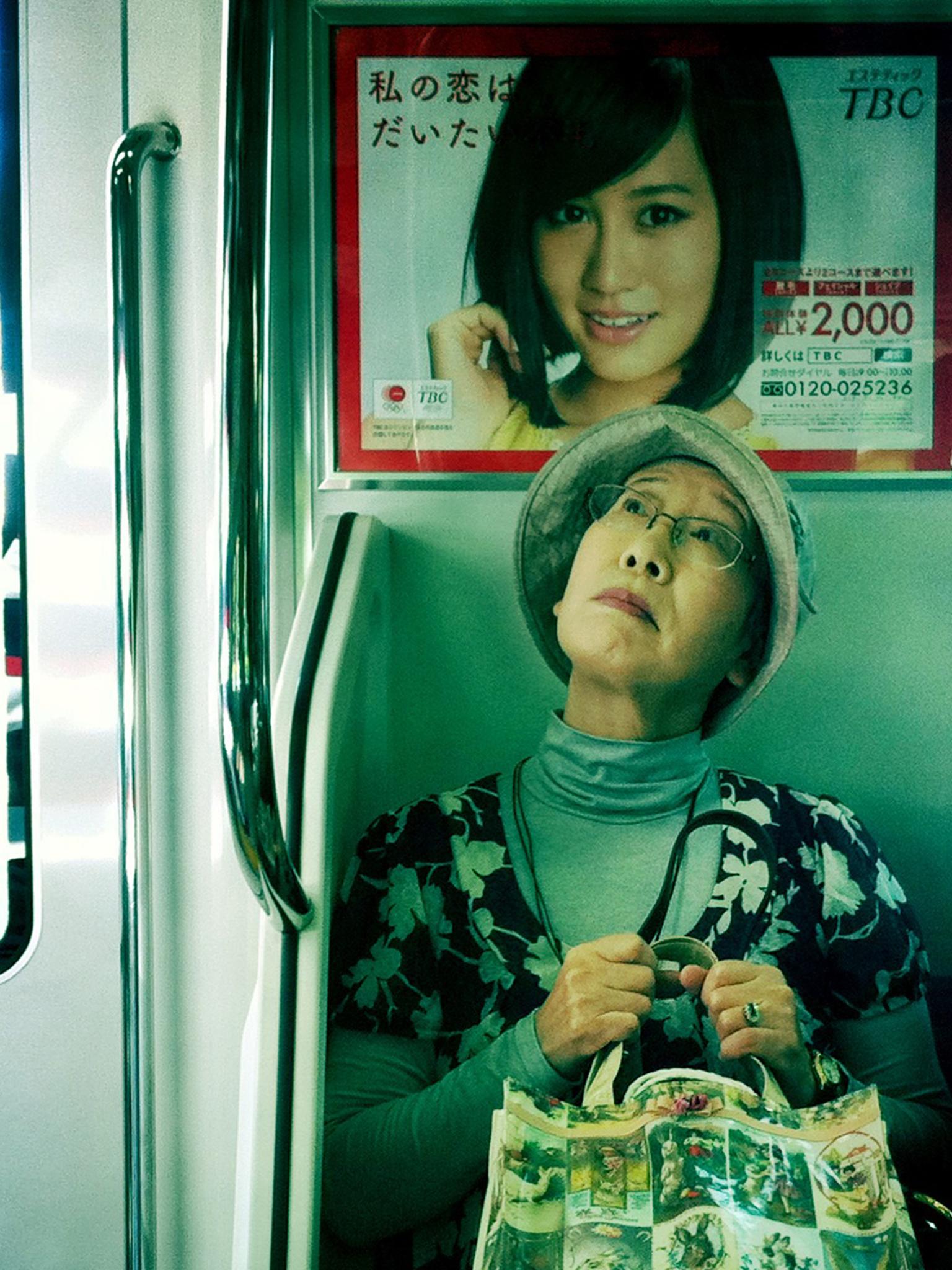
That can lead to the kind of intimacy that Pamelyn Chee achieves with her picture of a San Diego mother changing her baby on a palm-leaf fan. And funnily enough, it also helps people who still know about aperture stops and aspect ratios. Because all the miniaturisation that has led to super-computers the size of cigarette packets has meant that conventional digital cameras have shrunk, too. “I often use a little Fuji that fits in the palm of my hand,” says Coe, who splits his time between running the competition and plying his original trade. “In a smartphone world, no one notices the difference, if they notice at all.”
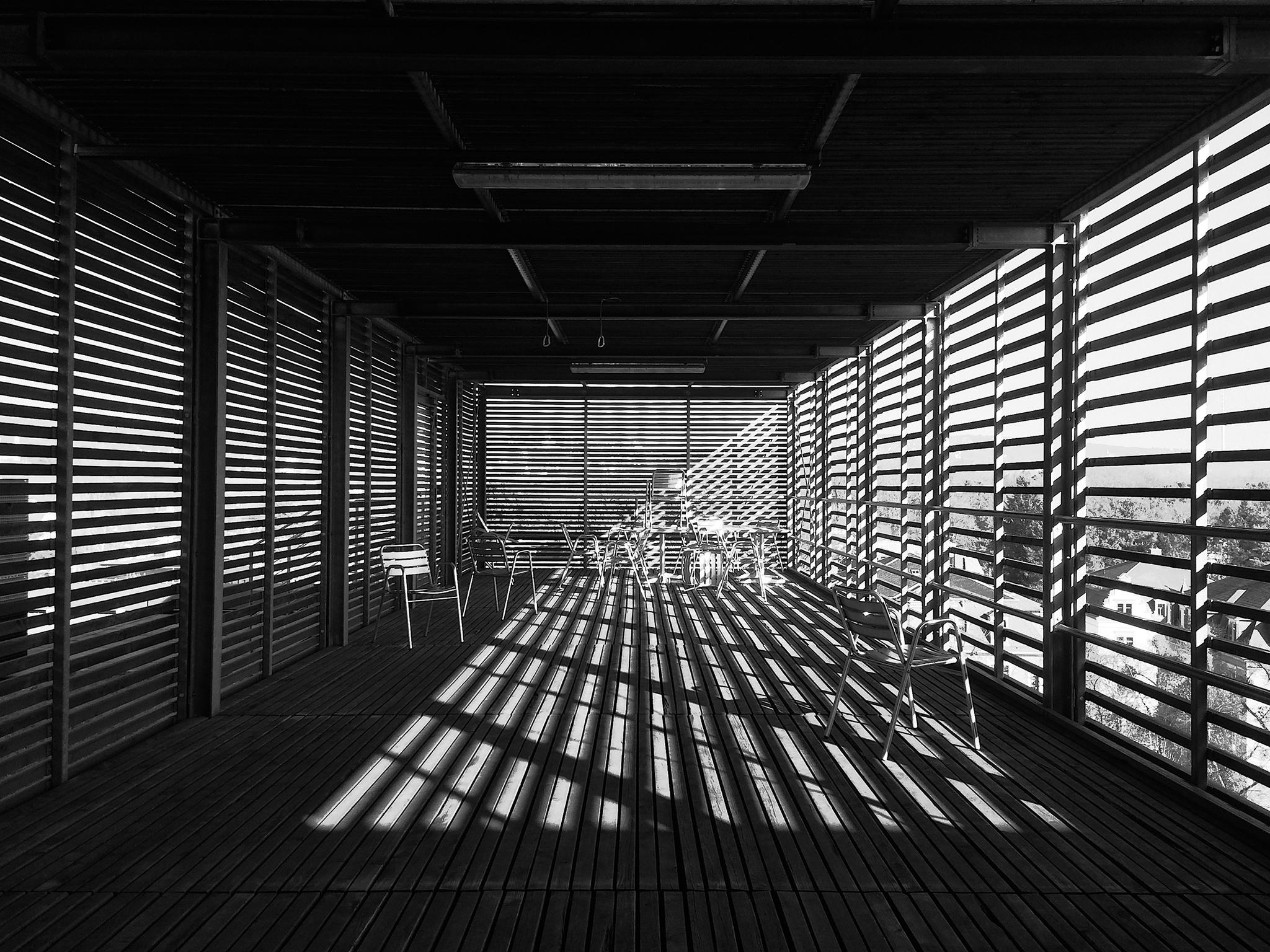
True, if he wanted to spread his images across social media, he might need a little cable and a few extra clicks on his keyboard. But at least the pictures would be representations of how he, not his camera, saw the world; which is not to knock the work of his iTravellers – just to reflect that every Cloud has a silver lining.
‘Travel Photographer of the Year’ is at 10 Stockwell Street, the University of Greenwich, until 4 September. tpoty.com
Join our commenting forum
Join thought-provoking conversations, follow other Independent readers and see their replies
Comments